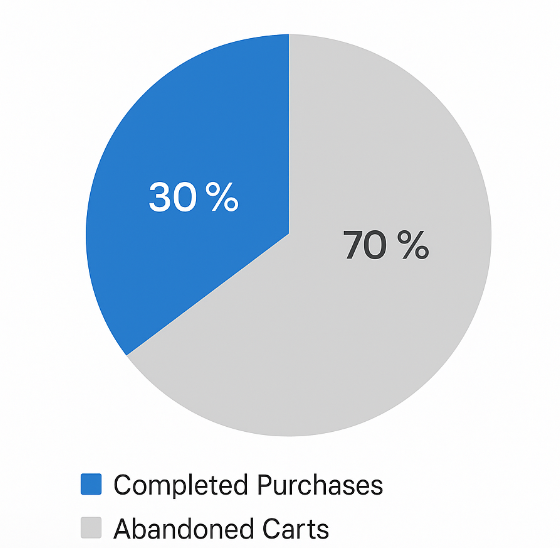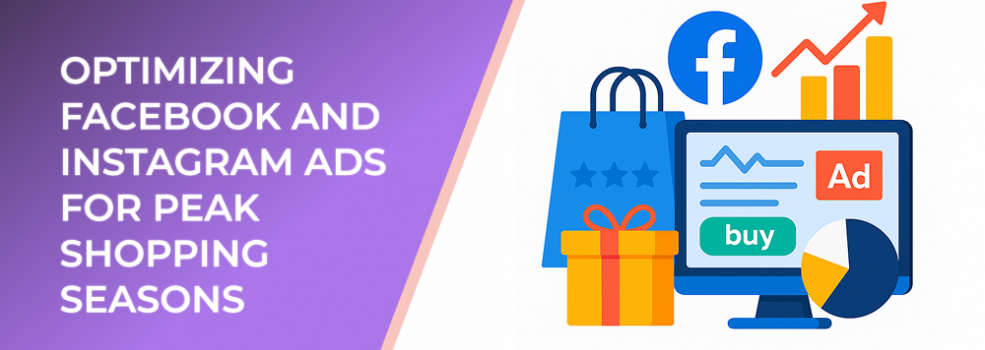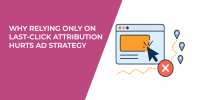Peak shopping seasons — from Black Friday to the winter holidays — can account for up to 40% of annual online retail revenue, according to Statista. During these periods, competition for ad space intensifies, and costs per impression rise significantly. However, with the right strategy, brands can still achieve exceptional returns on ad spend (ROAS).
Step 1: Analyze Past Campaign Data
Before investing heavily in seasonal advertising, review your previous campaigns. Identify which creatives, audiences, and placements drove the highest engagement and conversion rates. According to Meta’s internal data, advertisers who use historical insights to guide their ad setup see up to 25% higher CTRs compared to those who don’t.
Step 2: Segment and Prioritize Your Audience
Create custom audience segments based on behavior and purchase intent. Focus on:
-
High-value repeat customers: Offer loyalty discounts or early access.
-
Abandoned cart users: Retarget with urgency-based messages.
-
Lookalike audiences: Expand reach to users similar to your best customers.
This segmentation ensures that your budget is directed toward the users most likely to convert.
Step 3: Optimize Creative and Messaging
Seasonal campaigns perform best when visuals and messaging reflect timely offers and emotions. Use high-quality lifestyle imagery and short, clear CTAs. For instance, LeadEnforce’s social advertising data shows that ads using holiday-themed creatives can experience a 32% boost in engagement.
Step 4: Adjust Budget Allocation in Real Time
Monitor ad performance daily during peak periods. Facebook and Instagram algorithms favor consistent, well-performing ads. Allocate additional budget to top-performing sets while reducing spend on underperforming ones.

Typical Cart Abandonment Rate vs. Completed Purchases
Brands that dynamically adjust their budgets can achieve 15-30% better ROAS during competitive weeks.
Step 5: Leverage Automation and Scheduling
Utilize LeadEnforce’s automated campaign tools to schedule ads for maximum visibility. Running campaigns during off-peak hours (e.g., early mornings or late evenings) can lower CPMs by up to 18% while maintaining engagement rates.
Step 6: Retarget Post-Season Shoppers
After the main shopping rush, retarget users who interacted with your ads but didn’t convert. Offer post-holiday discounts or bundle deals to capture delayed purchases. LeadEnforce analytics show that retargeting within 7 days of user interaction can lift conversion rates by up to 40%.
Key Takeaways
-
Start optimizing campaigns at least a month before the peak season.
-
Base creative and budget decisions on data, not assumptions.
-
Use automation tools to scale efficiently and save time.
-
Keep post-season follow-ups to extend your sales momentum.
Related Reading from LeadEnforce
Final Thoughts
With careful preparation, audience targeting, and smart use of automation, your Facebook and Instagram campaigns can dominate the busiest times of the year. Use LeadEnforce’s advanced ad management tools to streamline your strategy and ensure every impression counts.

